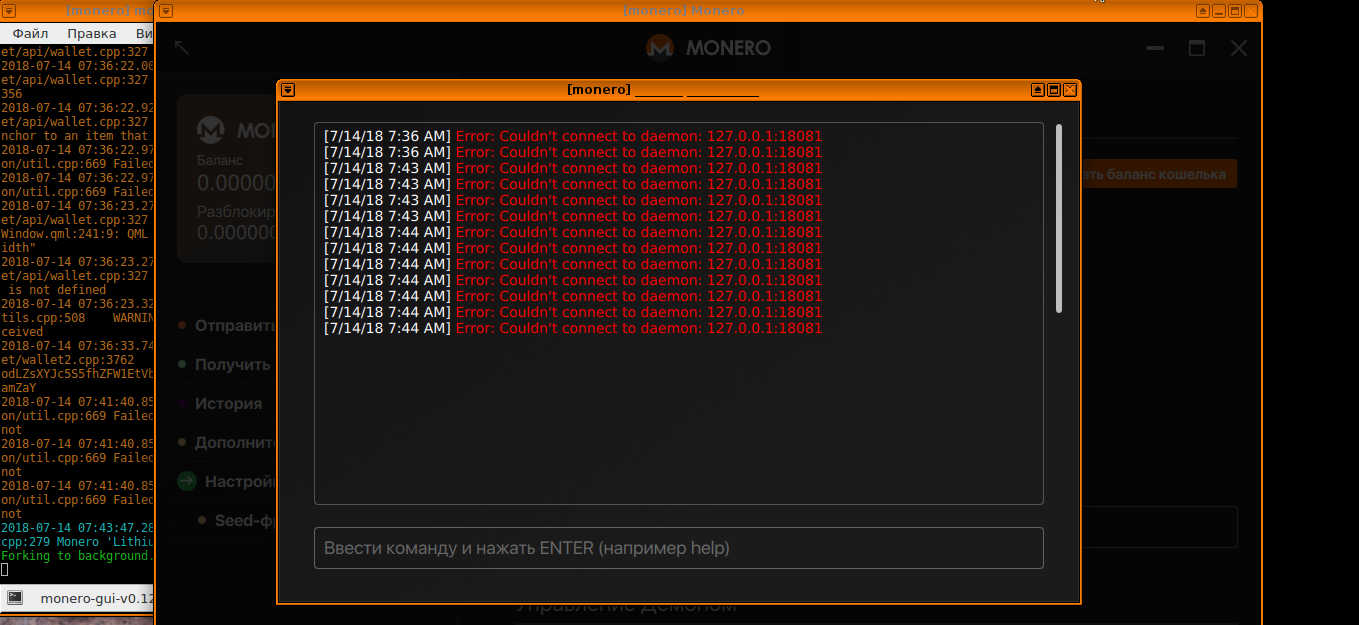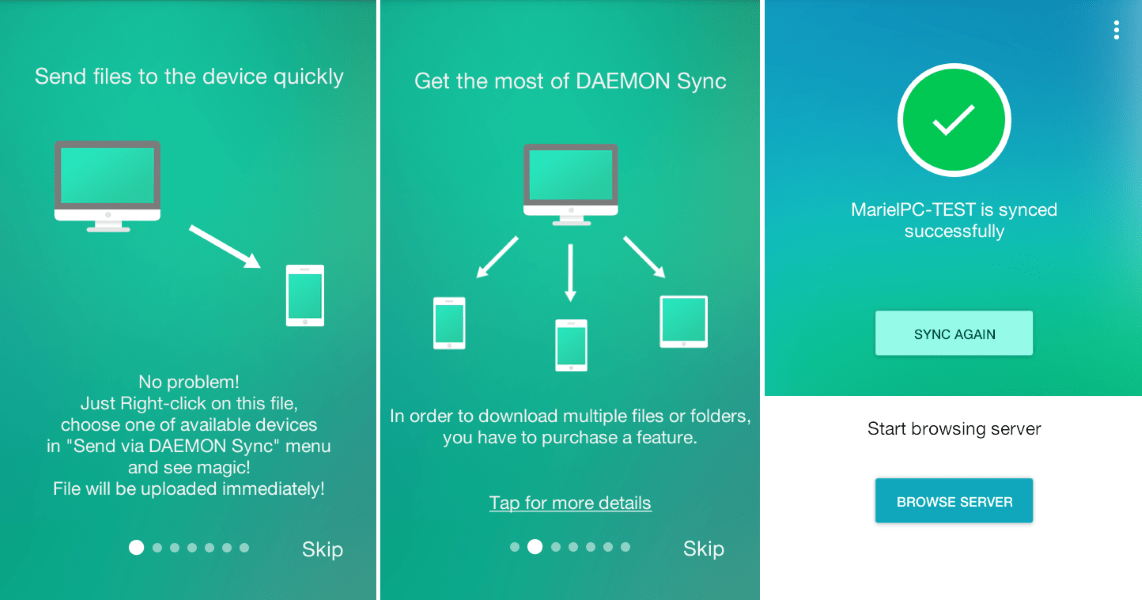

Although this process can take up to 20 minutes during periods of heavy network traffic, it can take even longer during periods of little network traffic. As a result, miners must first mine the transaction into a block, and then a certain number of subsequent blocks must be mined after that to establish the transaction as fully confirmed. To be considered fully verified in Monero, a transaction must receive ten confirmations in total. However, when it comes to the speed of transactions, many users may wonder why Monero transactions take so long. Monero has grown in popularity as the number of digital currency users has increased in recent years as a result of the rise of digital currency and the emergence of blockchain technology. Waiting For Security: The 10 Confirmations Of Monero Transactions There may be too many transactions available in a txpool, resulting in a transaction remaining in the pool for an extended period of time rather than being mined immediately. Because of its user-friendly interface, it is commonly accepted by businesses for low-cost transactions. To ensure a smooth and secure transaction, it is best to wait for at least 10 blocks to pass, or 20 minutes, before considering a transaction confirmed.īecause of the PoW system, there is no time limit on which you can wait for the transaction to be completed, so it will be completed 100% of the time. However, these times can be longer or shorter depending on the network congestion. A transaction may be confirmed as soon as it is included in a block, but it usually takes 6 blocks, or 10 minutes, for a transaction to be considered fully confirmed and irreversible. The actual time it takes to confirm a transaction may vary depending on the number of transactions in the mempool. Monero transactions are confirmed in an average timeframe of 2 minutes. The following steps are required: wget -r -f bootstrapped -o marshal -s testwallet -d MASH_STOPPING -w signout -g reset How Long Does It Take To Confirm A Monero Transaction? This tutorial will not be executed if you boot to a Pendrive or LiveCD with less than 16GB of RAM on the blockchain.

#DAEMON SYNC MONERO HOW TO#
You will learn how to create a Monero wallet on a Live CD booted machine in this tutorial. When you use an SSD drive, you can speed up initial network synchronization by using an SSD drive to accelerate the process. By following these steps, you should be able to significantly improve the speed of your Monero daemon sync. Finally, you can also reduce the number of peers you are connected to, which can reduce sync times. Additionally, you can increase the number of connections to the network, allowing for more data to be exchanged faster. You can also increase the number of transactions per second (TPS) that your daemon is processing, which should improve the speed of the sync.
#DAEMON SYNC MONERO SOFTWARE#
First, make sure you are using the most up-to-date version of the daemon software and have plenty of free disk space available. If you’re trying to make your Monero daemon sync faster, there are a few steps you can take. If you do not have an SSD, you may have to wait 20-30 minutes for your transactions to be processed.
Although this is a viable option, it is critical to note that it is only possible with an SSD drive. With this update, your daemon will be more easily synchronized with the network.
#DAEMON SYNC MONERO DOWNLOAD#
To speed up this process, you can download a copy of the raw blockchain on an SSD and use it as a solid state drive. For security and irreversibility, the protocol necessitates 10-15 blocks per transaction, which can take up to 30 minutes to complete in a single transaction. Transactions typically take at least two minutes to complete on Monero. Speeding Up Monero Transactions With An Ssd

It’s important to note that the Monero daemon will need to stay connected to the network in order to function properly and to stay up-to-date. After the initial download, the daemon will continue to sync with the network, which can take anywhere from several hours to several days, depending on your connection speed and the current network load. This is because the Monero daemon is quite large and has to download several blocks of data. It typically takes around 30-45 minutes to download the Monero daemon.


 0 kommentar(er)
0 kommentar(er)
